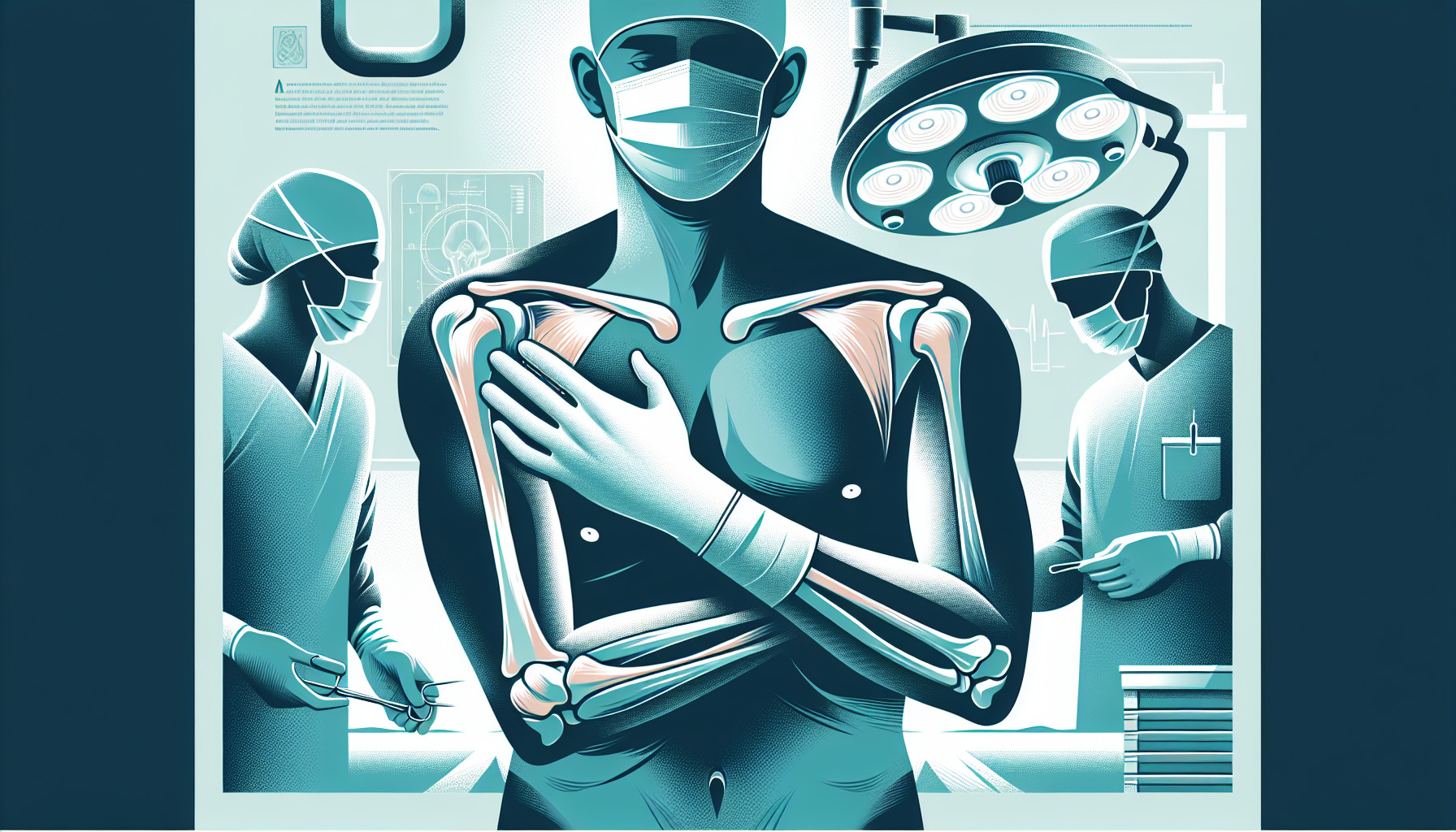Our Summary
This research paper discusses the complexity of shoulder joint replacement surgery, also known as shoulder arthroplasty. The shoulder joint is unique and relies on both the bones and soft tissues around it to function correctly. The paper emphasizes how important it is to recreate the normal structure of the shoulder during surgery, but this can be difficult due to variations in everyone’s shoulder anatomy.
If the shoulder’s normal structure isn’t restored properly during surgery, it can negatively impact the patient’s ability to use their shoulder and the longevity of the joint replacement. Over time, shoulder replacements have improved to better match each individual patient’s unique anatomy.
However, the paper notes that there’s still limited understanding of how shoulder diseases progress, which makes it hard to predict what a patient’s shoulder looked like before the disease. A better understanding of the healthy and diseased shoulder anatomy would help surgeons plan and execute these surgeries, leading to better outcomes for patients.
FAQs
- Why is it important to recreate the normal structure of the shoulder during a shoulder arthroplasty?
- What can happen if the shoulder’s normal structure isn’t properly restored during the surgery?
- How could a better understanding of healthy and diseased shoulder anatomy improve the outcome of shoulder replacement surgeries?
Doctor’s Tip
One helpful tip a doctor might give a patient about shoulder replacement surgery is to follow their post-operative rehabilitation plan diligently. This typically includes physical therapy exercises to help regain strength, range of motion, and function in the shoulder. It’s important for patients to be consistent with their exercises and attend all scheduled therapy sessions to optimize their recovery and achieve the best possible outcome from the surgery. By actively participating in their rehabilitation plan, patients can improve their shoulder function and overall quality of life after a shoulder replacement.
Suitable For
Patients who are typically recommended for shoulder replacement surgery include those with severe shoulder pain, stiffness, and loss of function that hasn’t improved with non-surgical treatments such as physical therapy, medications, and injections. Common conditions that may lead to the need for shoulder replacement surgery include osteoarthritis, rheumatoid arthritis, post-traumatic arthritis, and rotator cuff tears that can’t be repaired.
Additionally, patients who have had previous shoulder surgeries that haven’t been successful or those with severe fractures of the shoulder joint may also be candidates for shoulder replacement. It’s essential for patients to have realistic expectations about the surgery and be committed to post-operative rehabilitation to achieve the best outcomes.
Ultimately, the decision to undergo shoulder replacement surgery should be made in consultation with a qualified orthopedic surgeon who can assess the patient’s individual situation and determine the most appropriate treatment plan.
Timeline
Before shoulder replacement surgery, a patient typically experiences chronic pain, stiffness, weakness, and limited range of motion in the affected shoulder. These symptoms can significantly impact daily activities and quality of life.
After shoulder replacement surgery, patients undergo a period of recovery and rehabilitation to regain strength, mobility, and function in their shoulder. This process can be challenging and requires dedication to physical therapy and following post-operative instructions.
Over time, the shoulder joint replacement can improve the patient’s quality of life by reducing pain and improving function. However, there may still be limitations in certain activities, and regular follow-up with healthcare providers is necessary to monitor the health and longevity of the shoulder replacement.
What to Ask Your Doctor
- What is the success rate of shoulder replacement surgery?
- What are the potential risks and complications associated with shoulder replacement surgery?
- How long is the recovery process and what can I expect during rehabilitation?
- Will I need physical therapy after surgery and for how long?
- What type of shoulder replacement surgery is recommended for my specific condition?
- What are the expected outcomes in terms of pain relief and improved mobility?
- How long can I expect the shoulder replacement to last?
- Are there any restrictions or limitations I should be aware of after surgery?
- What is the likelihood of needing a revision surgery in the future?
- Are there any alternative treatments or therapies that I should consider before opting for shoulder replacement surgery?
Reference
Authors: Getz CL, Ricchetti ET, Verborgt O, Brolin TJ. Journal: J Am Acad Orthop Surg. 2019 Dec 15;27(24):e1068-e1076. doi: 10.5435/JAAOS-D-18-00414. PMID: 31206438
